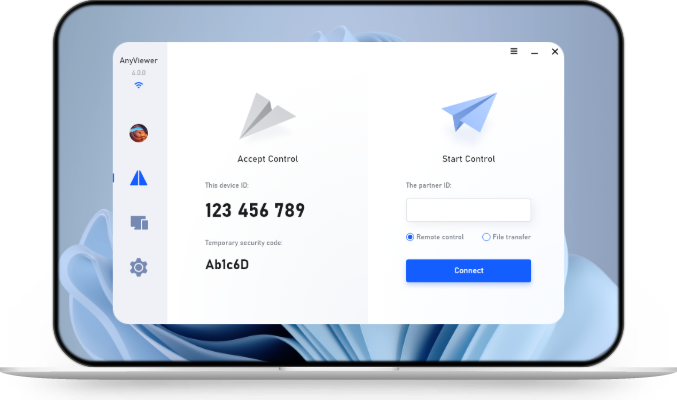Deciphering Remote Control Technology: RF vs. IR
This article provides an in-depth exploration of remote control technologies, focusing on infrared (IR) and radio frequency (RF) remotes. Gain insights into how these technologies work, their characteristics, and how to determine if your remote is RF or IR for optimal usage.
Introduction: Understanding Remote Control Technology
Remote controls have become an indispensable part of our daily lives, allowing us to effortlessly control various electronic devices from a distance. However, not all remote controls are created equal. Some operate using infrared (IR) technology, while others utilize radio frequency (RF) technology. Understanding the differences between these two types of remotes is essential for ensuring optimal performance and compatibility with your devices.
Understanding Infrared (IR) Remotes
Infrared (IR) remotes have been a staple in households for decades, utilizing infrared light signals to communicate with devices.
How IR Remotes Work
IR remotes emit pulses of infrared light, which are then received by sensors on the target device. When you press a button on an IR remote, it sends out a specific infrared signal corresponding to that command.
Identifying IR Remote Characteristics
IR remotes typically have a direct line-of-sight requirement, meaning the remote must be pointed directly at the device for successful communication. They are commonly used for controlling TVs, DVD players, and other home entertainment devices.
Delving into Radio Frequency (RF) Remotes
Radio Frequency (RF) remotes offer a more advanced alternative to IR remotes, utilizing radio waves for communication.
Functionality of RF Remotes
RF remotes transmit signals using radio waves, allowing for communication with devices even without a direct line of sight. This makes RF remotes ideal for controlling devices hidden behind cabinets or walls.
Recognizing RF Remote Features
RF remotes often come with additional features such as longer range, multi-device control capabilities, and improved reliability in environments with obstacles or interference.
Differentiating Between RF and IR Remotes
While both RF and IR remotes serve the same purpose, there are key differences in their performance and compatibility.
Performance and Range
RF remotes typically offer greater range and reliability compared to IR remotes, making them suitable for larger spaces or environments with obstacles.
Compatibility with Devices
While most modern devices support both IR and RF remote control, it's essential to ensure compatibility when choosing a remote for your specific setup.
How Do I Know If My Remote Is RF or IR?
One of the most common questions users have is how to determine whether their remote control is RF or IR. Fortunately, there are several methods to identify the type of remote you have.
To begin with, you can inspect the remote control itself. Look for any indications or labels that specify whether it is an IR or RF remote. Additionally, examine the buttons and features of the remote. RF remotes often have additional features such as a pairing button or indicator light, which are not present on IR remotes.
Another method is to check the user manual or documentation that came with your remote control. Manufacturers typically provide information about the type of technology used in their remotes.
Furthermore, you can perform a simple test to determine the type of remote control. Point the remote at a reflective surface such as a mirror and press a button. If you see a light flashing on the remote's infrared emitter, it is likely an IR remote. On the other hand, if there is no visible light and the remote still operates the device, it is probably an RF remote.
About AnyViewer
AnyViewer is a powerful remote access and support software that enables users to connect to remote devices from anywhere in the world. Whether you need to troubleshoot technical issues, collaborate on projects, or access files remotely, AnyViewer provides a seamless solution.
With its intuitive interface and robust features, AnyViewer makes remote access simple and efficient. Users can remotely control computers, smartphones, tablets, and even smart TVs with ease. Additionally, AnyViewer offers advanced security features such as end-to-end encryption and two-factor authentication to ensure that your connections are secure and protected.
Conclusion
In conclusion, identifying whether your remote control is RF or IR is essential for ensuring compatibility and optimal performance with your devices. By understanding the key differences between these two types of remotes and utilizing the methods outlined in this article, you can easily determine the type of remote you have. Whether you prefer the simplicity of an IR remote or the versatility of an RF remote, making an informed decision will enhance your remote control experience.
FAQs:
Q: Can I use an RF remote with any device?
A: RF remotes require compatible devices that support radio frequency communication. While many modern devices, including smart TVs and streaming boxes, are compatible with RF remotes, it's essential to check compatibility before purchasing.
Q: Are RF remotes more expensive than IR remotes?
A: RF remotes tend to be slightly more expensive than IR remotes due to their advanced technology and additional features. However, the price difference may vary depending on the brand and model.
Q: Can I convert an IR remote to an RF remote?
A: In some cases, it may be possible to convert an IR remote to an RF remote using a compatible RF transmitter. However, this process may require technical expertise and may not be suitable for all remote controls.

